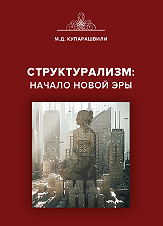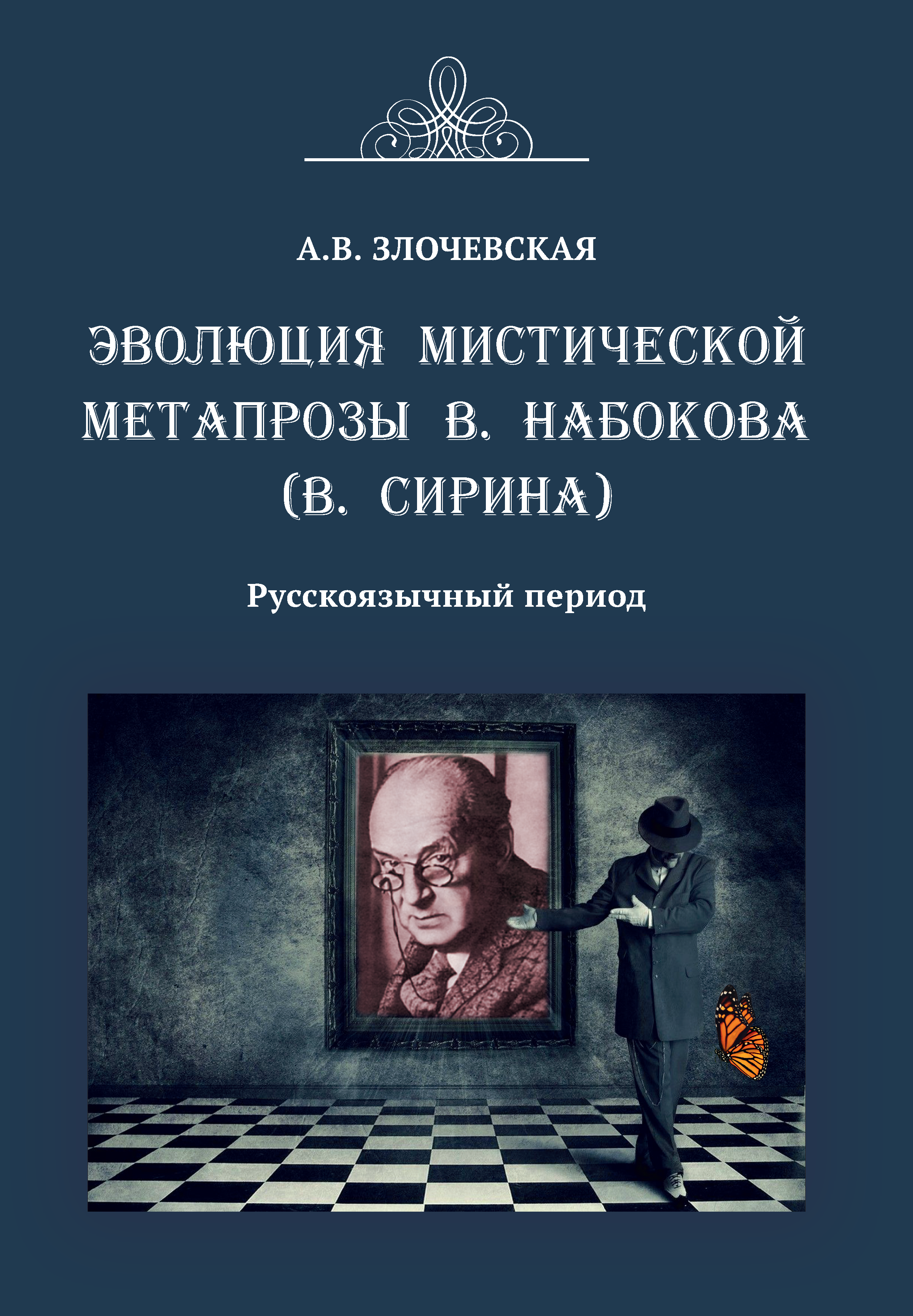The article highlights the issue of the introduction of paid education in higher education in Soviet Russia in the context of the transition to the new economic policy in the 20s of the 20th century. Based on the analysis of the directive decisions of the party and state bodies, archival and other materials, it is shown how the country’s leadership quickly moved from a categorical rejection of the principle of tuition fees in any educational institutions to a pragmatic understanding of the need and expediency of using this source of replenishment of the budgets of higher educational institutions. A differentiated approach was developed, according to which tuition fees were determined depending on the income of students or their parents. The Soviet government did not abandon the class approach, according to which ‘socially valuable’ categories of students were exempt from payment: workers’ faculty members, communists and Komsomol members, children of workers and poor peasants, and others. Children of professors and university teachers were also exempt from tuition fees. In general, on average, about 10% of students in the entire system of higher education studied for a fee by the second half of the 20s. And this money in the budgets of specific universities was not superfluous.
Keywords: higher educational institutions, People’s Commissariat of Education of the RSFSR, paid education, workers’ faculty, students, teaching staff
References
1. Kupaigorodskaya, A.P. Higher school of Leningrad in the first years of Soviet power (1917–1925) / ed. by V.A. Shishkin. Leningrad, Nauka, 1984. 197 p.
2. Moscow Mining Academy. 10 years. Moscow: MMA Press, 1929.
3. Ovodenko, A.A., Platova, E.E., Fortunatov, V.V. History of higher school of St. Petersburg. St. Petersburg: GUAP, 2010. 542 p.
4. Platova, E.E. How students were helped a hundred years ago. Alma mater. Vestnik vysshey shkoly. 2024. No. 2. P. 97–102. DOI: 10.20339/AM.02-24.097


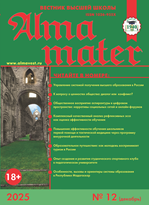
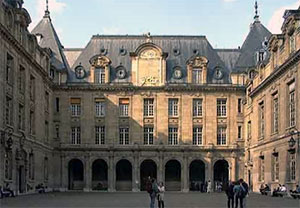
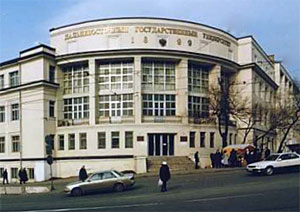
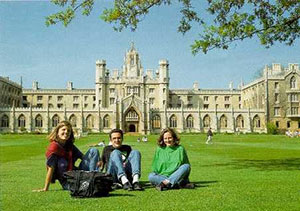
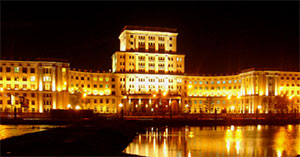
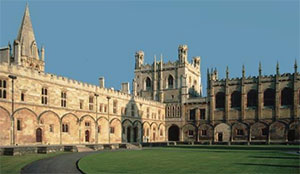
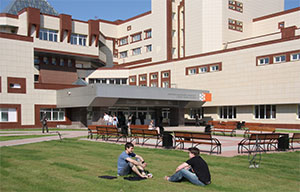



.png)
